Next stop Bolivia – beautiful, quiet and cheap country …. at least that’s what we thought at the beginning! Okay, to be honest, it actually is not expensive at all here – as an example for 1€ it is possible to eat two menus with “sopa y segundo” each. For the rest? Let’s see:
Our first stop was at the “Isla del Sol”, indeed a very beautiful and quiet island near Copacabana at the “Lago del Titicaca”. We spent two nights there, doing some trekking all around and across the island, and we also swam in the world’s highest lake at almost 4000m, where surprisingly the water was not that cold. Apart from this we met lots of Argentines who really seem to invade that place, chilling and hanging around on the beach while talking or playing some music. The actual adventure should start the next day, when we tried to get to La Paz. We were told that there was a strike and that the pressure measure was to block the road to Bolivia’s most important city. But when we crossed this roadblock, we were quite surprised about the Bolivian way to strike. In fact it was more looking like a big meeting or festival with many traditionally dressed locals, and the “colectivos” could pass more or less without any problems, so we arrived at La Paz only a little bit later than planned.
When the next morning we woke up and started walking through the streets (at around 8am), we were a bit shocked because every shop/café/… was closed, and this situation wouldn’t change during almost the whole day (luckily 5% of all cookshop open ~30 minutes and allow you to have a quick lunch, at least really tasty). And, how could it be otherwise, the whole city was paralyzed by buses, who were striking and who thought roadblocks are a suitable pressure measure. Besides, La Paz is definitely the most chaotic and crazy town I’ve ever seen: a few buildings with colonial architecture, but mainly dirty, loud and ugly streets. I cannot exactly explain why somehow this visit was still very nice, interesting and also quite funny.
We additonally did an excursion to Tiwanaku, an archaeological site from the main culture, who ruled Bolivia and the surrounding regions during 3000 years, until the Incas conquered them. The Tiwanaku were at least as developed regarding the way how they chiselled the stones and build the walls of their temples, and had better ceramics and art. Even if the site is not as spectacular as the Machu Picchu, it is still really impressive, especially due to the fact that this culture is almost unknown, although they lasted approximately from 2000 BC to 1000 AD.
Now we are offline the next 3 days for doing some trekking again.
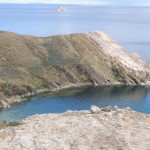
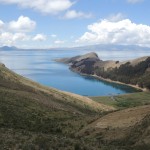
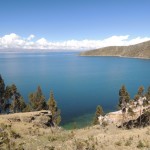
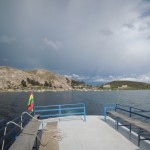
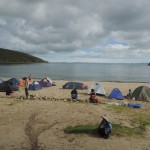
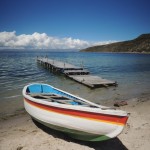
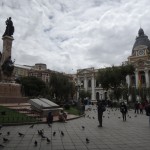
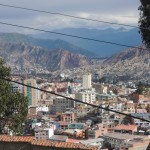
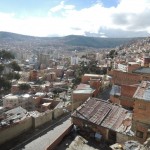
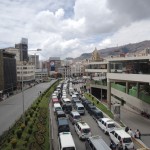
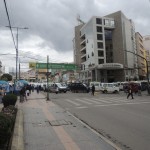
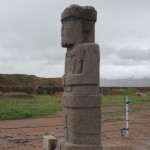
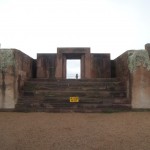
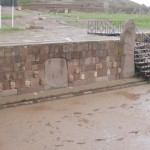
Zusammenfassung: Wir hatten 2 superschöne Tage am Titicaca-See, der landschaftlich sehr beeindruckend war (Eine Mischung aus Mittelmeer und Alaska Hatten ein Hotel direkt am Strand, für umgerechnet rund 3 Euro pro Person – und das Preisniveau geht so weiter, ein Menü mit Suppe und Hauptspeisse kostet nicht mehr als 50 Eurocent!
Hatten ein Hotel direkt am Strand, für umgerechnet rund 3 Euro pro Person – und das Preisniveau geht so weiter, ein Menü mit Suppe und Hauptspeisse kostet nicht mehr als 50 Eurocent!
Dafür funktioniert in Bolivien nicht allzu viel: Vom Titicaca-See nach La Paz war die Straße blockiert – Streik! Am nächsten Tag war in La Paz die gesamte Innenstadt blockiert – wieder Streik! Aber auch an den seltenen Tagen, an denen nicht getreikt wird, haben die meisten Gechäfte auf dem zentralen Markt geschlossen. Dass das nicht immer so war, kann man rund 100 km von La Paz entfernt sehen: In der Ruinenstätte Tiwanaku, dem bolivianischen Machu Picchu – deren Einwohner haben weitaus länger in Südamerika geherrscht als die Inkas und viele Grundlagen gelegt, auf denen die Inka später aufgebaut haben.